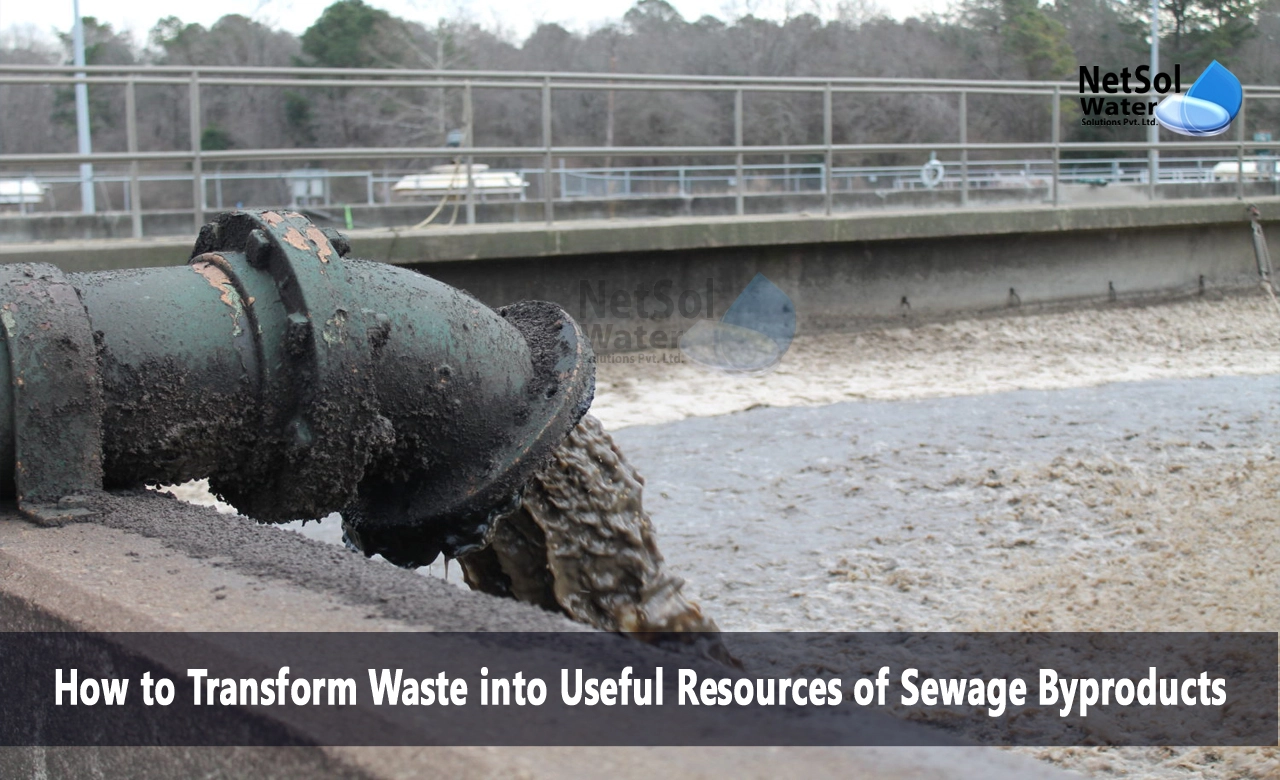How to Transform Waste into Useful Resources of Sewage Byproducts?
Sewage treatment plant produces large volumes of nutrient-rich biosolids that are often wasted. These biosolids contain nitrogen, phosphorus and other nutrients that plants need to grow. Repurposing these biosolids as fertilizers closes the loop on waste, reducing the need for chemical fertilizers. It also cuts down on disposal costs for wastewater facilities. With some processing, sewage biosolids can be turned into safe, effective fertilizers for agricultural and landscaping uses. This blog will explore the opportunities and challenges of repurposing sewage byproducts as fertilizer.
Processing Sewage Biosolids into Fertilizer
Sewage sludge needs to be properly processed before it can be applied as fertilizer. The main goals of processing are to reduce pathogens and contaminants to safe levels, reduce odors, and convert the material into a form that can be applied evenly. Common processing methods include anaerobic digestion, composting, alkaline stabilization and thermal drying. Anaerobic digestion uses microorganisms to break down organic matter in the absence of oxygen, producing biogas and a nutrient-rich digestate. Composting relies on aerobic microbes to decompose organics, turning sludge into a humus-like material. Alkaline stabilization raises the pH to eliminate pathogens. Thermal drying evaporates water to make a concentrated, pelletized fertilizer. The appropriate processing method depends on the intended use and site characteristics. Careful monitoring and quality control are needed to ensure safety standards are met.
Benefits of Sewage Fertilizer
Using processed sewage biosolids as fertilizer provides important agronomic and environmental benefits. The nutrients in sewage, especially nitrogen and phosphorus, are essential for plant growth. Sewage fertilizers can supply some or all of a crop's nutritional needs, reducing the amount of synthetic fertilizer required. They improve soil structure and water retention due to their high organic matter content. Unlike chemical fertilizers, organic nutrients from sewage fertilizers are released slowly over time, which provides longer-lasting nourishment to plants while minimizing nutrient losses. Sewage fertilizer enables circular resource use by returning nutrients from waste streams to agricultural soils. This closes the loop on wasted resources and could reduce the energy and pollution associated with making synthetic fertilizers.
Challenges of Sewage Fertilizer Use
Several challenges must be addressed to expand the safe use of sewage-derived fertilizers. Strict regulations control the allowable pollutant concentrations to prevent contamination that could harm crops, soils or water. Meeting these safety standards reliably requires careful monitoring and high-quality processing. The composition of sewage fertilizer varies significantly depending on the source wastewater. Adjustments may be needed in application rates and timing to provide crops with the proper nutrition. Odors during processing and application can generate complaints. There is reluctance among some farmers and consumers to use crops fertilized with sewage. Extensive education and marketing may be needed to gain acceptance. Some technical challenges also remain in optimizing processing methods and application practices for different soils and crops.
Applications in Agriculture
Testing has demonstrated that properly treated sewage biosolids are safe and effective fertilizers for many agricultural uses. Application rates and methods must be calibrated to crop needs and soil chemistry. Liquid biosolids can be applied through irrigation systems or sprayed directly onto fields. Dried sewage pellets can be spread like synthetic granular fertilizer. Row crops such as corn and grains are commonly fertilized with sewage, often in combination with chemical fertilizers. The nutrients from sewage work well for fruit and vegetable crops like tomatoes, peppers and onions. Sewage fertilizers also benefit orchards, providing vital nitrogen, phosphorus and micronutrients. Adjusting application rates based on seasonal uptake and soil testing helps optimize nutrition. Following safety guidelines ensures sewage fertilizers improve agricultural productivity without environmental risks.
Landscaping and Home Uses
In addition to agriculture, processed sewage biosolids can also be used for fertilizing gardens, parks, golf courses, roadside vegetation and other landscaping. Sewage compost offers similar benefits to other composts used by homeowners and landscapers. It contributes organic matter, improves moisture retention and provides a slow-release source of nitrogen, phosphate and potassium nutrients. Sewage compost teas and liquids make excellent foliar feeds to boost growth and manage deficiencies. Proper curing eliminates odors during use. Vermicomposting uses earthworms to break down sewage solids into a safe, nutrient-dense fertilizer. With quality control testing, the public can feel comfortable using these sewage-derived composts and fertilizers knowing health risks have been minimized.
Conclusion
Recycling sewage biosolids into fertilizer provides environmental and economic benefits rather than wasting these nutrients. With proper treatment and controls, sewage-based fertilizers can be produced safely and applied effectively in agriculture, landscaping and gardening. Realizing the full potential of these recycled organic fertilizers requires optimizing processing technologies, developing markets and gaining public acceptance. Managing sewage as a resource is an important strategy for building sustainable food systems and the circular economy. Further innovation in turning waste into fertilizer can help ensure future food security while reducing pollution.
Do you need an advice or assistance on selecting the best water and waste water treatment unit? We have solutions for all your problems!
Let us know your problem, our experts will make sure that it goes away.
For an assistance or related query,
Call on +91-965-060-8473 Or write us at enquiry@netsolwater.com



